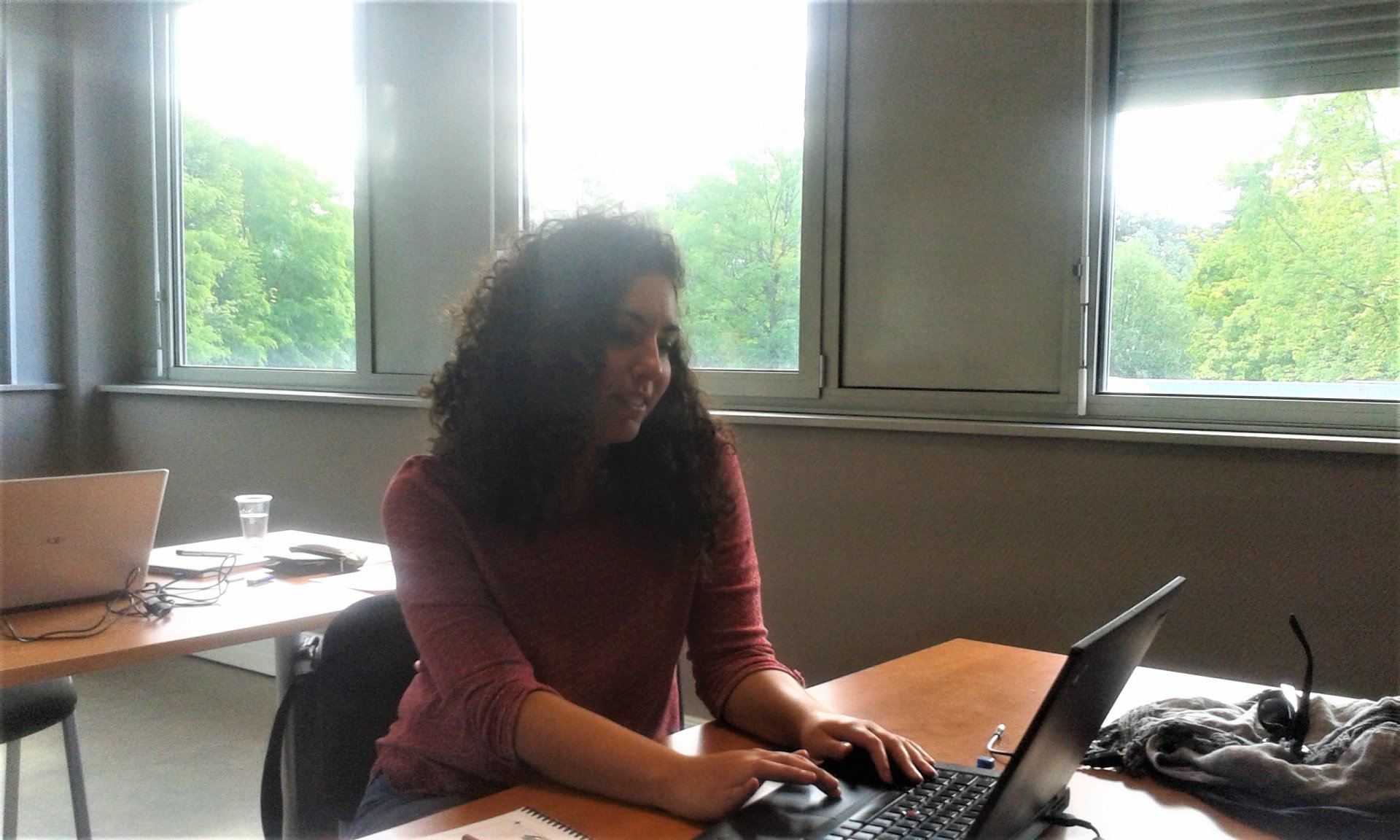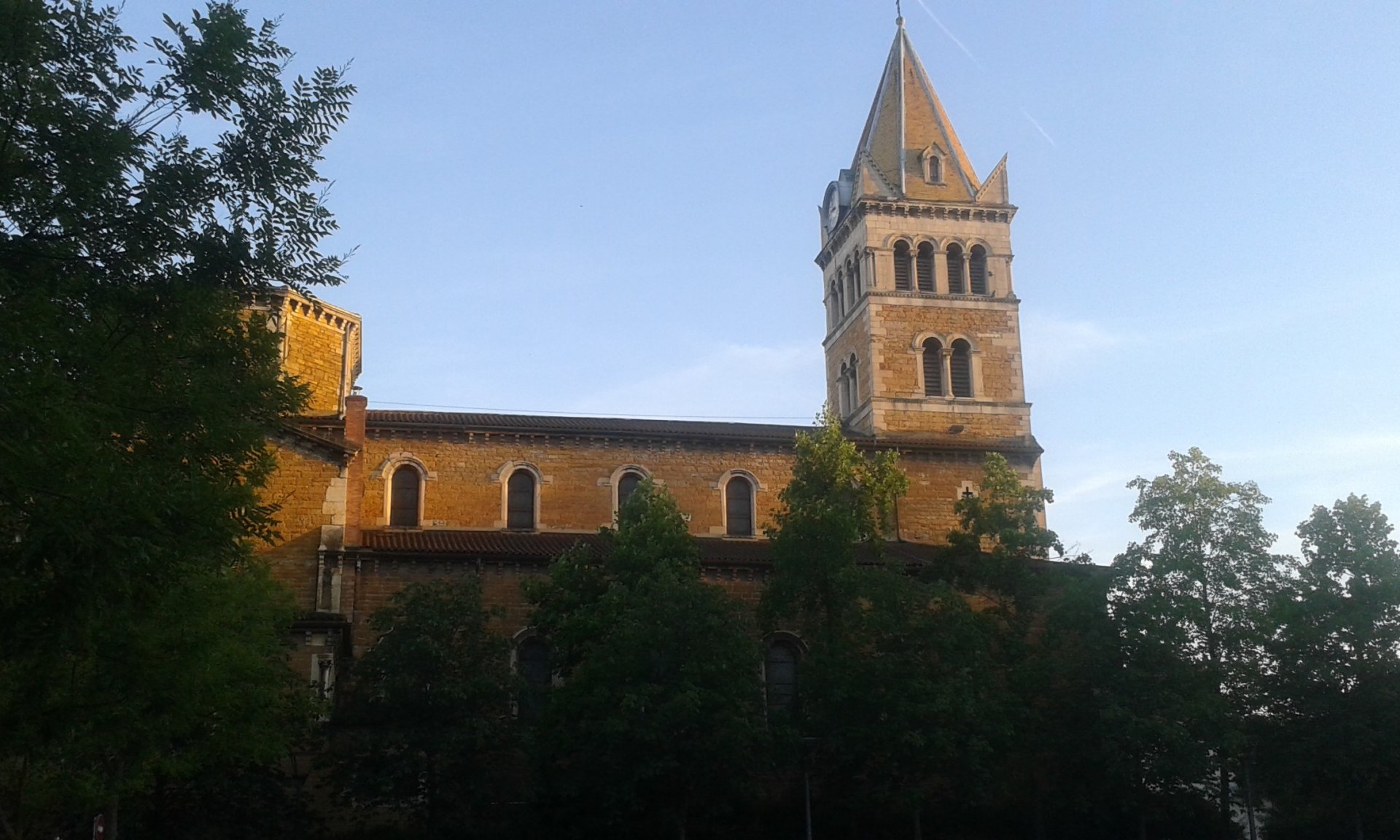- Graduate School GLOMAR
- PhD student reports
- Other activities
- Hadar Elyashiv
Hadar Elyashiv
Report of GLOMAR PhD student Hadar Elyashiv about her participation in the course "Distinct-Element Numerical Analysis using PFC" at Itasca Consulting Group Inc., Écully, France, from 6 to 8 June 2017.
Gravitational mass movements such as submarine landslides are phenomena that cannot be directly observed due to their instantaneous occurrence or due to their large distribution. As a submarine landslide occurs hundreds of meters under the sea, it may impose a geo-hazard for marine infrastructure and coastal population as it generates destructive tsunamis. In order to have a large-scale understanding of how these process happen, it is possible to use numerical modelling to simulate triggers and the post failure mass movement. One methodology used is a numerical 3D ‘sandbox’ experiments based on the Discrete Element Method (DEM). DEM is a granular model based simulation technique that enables the computation of the deformation behaviour of rocks and sediments. This approach is the base of the commercial code PFC, which is the main software used in my PhD study. The Particle Flow Code (PFC) software was created by Itasca Consulting Group Inc. in order to simulate the mechanical behaviour of granular and solid materials.
The short course “Distinct-Element Numerical Analysis using PFC” offered by Itasca Consulting Group Inc. was given by one of the company engineers and software developer, Mr. Sacha Emam. This course aimed to bring together beginning users of the software, and provide them the theory, basic and advanced practice of the PFC 2D and 3D software.
The first two days of the course were composed of one part explaining the theory behind the DEM that is implemented in the PFC code and a following part of hands-on coding different scenarios. During the last day of the course, we had opportunity to integrate what we have learned and create a project with the close guidance of the software engineers. In order to raise a problem we can solve in the project, each one of the participants presented their PhD project in short and described either a problem they are facing or an idea they wishes to develop with the software. .
During the course short breaks, we had a tour in the offices and were introduced to some of the current consulting engineers. The last part of the course involved an open Q&A session, which was full of questions and discussion.
Taking part in the PFC course was very useful not only by providing a comprehensive coverage of the basic theory behind it but as well provided practical hands on practice. In addition, other PhD students that participated in the course came from fields ranging between snow avalanches to material engineering, this in a later stage, contributed to a fruitful discussions and another perspective of possibilities to approach a problem.
In summary, participating in the PFC course was complementary to some previous knowledge I had and useful for my future research. After three intensive days of coding with PFC, I had the feeling that basic concepts and understanding of how to tie my ideas to the software were achieved. The course took place in the France’s offices of Itasca in the village of Écully and the occurrence of the course in springtime provided a nice and picturesque environment as well. I would like to thank GLOMAR for providing me the funding that allowed me to participate in the “Distinct-Element Numerical Analysis using PFC” course.




